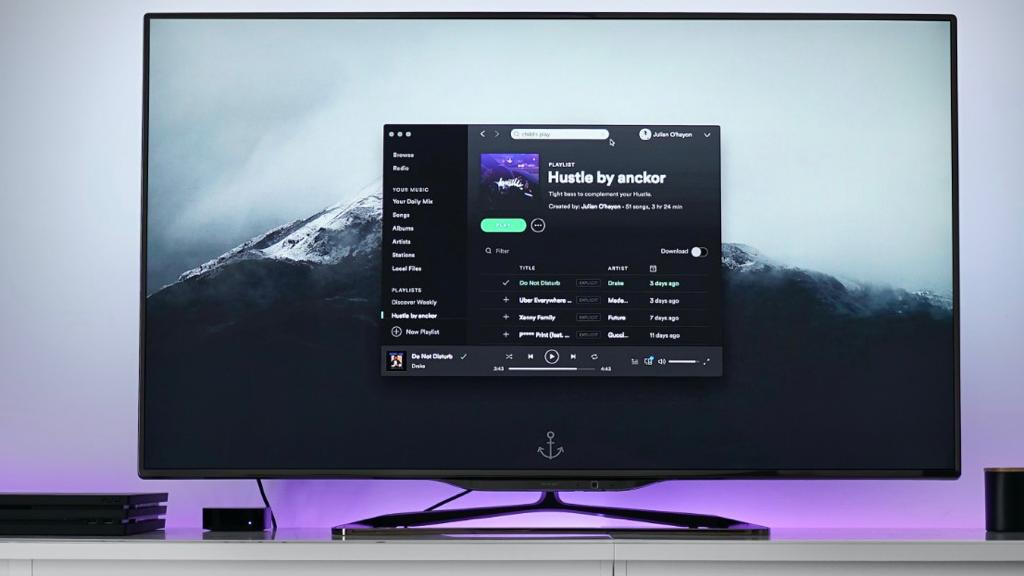
How to Choose the Perfect TV: 10 Tips for Smart Buyers
Choosing a TV can be a daunting task with so many options available in the market today. Smart TVs, 4K resolution, HDR, OLED, LED, QLED – the list goes on. It’s easy to get overwhelmed with the technical jargon and the endless choices. However, with the right knowledge, you can make an informed decision and pick the perfect TV for your needs. In this article, we will provide 10 tips to help you choose the best TV.
Determine the Size You Need
The size of the TV is an important consideration. A small TV may not be the best option for a large living room, while a large TV may overwhelm a small bedroom. It’s important to measure the space where you plan to place the TV and choose a size that fits well. Keep in mind that the viewing distance also plays a role in determining the size. A good rule of thumb is to choose a TV that is at least 1.5 times the viewing distance.
Consider the Resolution
Resolution refers to the number of pixels on the TV screen. The higher the resolution, the sharper the image. Today, the most common resolutions are 1080p (Full HD), 4K (Ultra HD), and 8K. If you’re looking for a TV with the sharpest picture quality, go for 4K or 8K. However, keep in mind that 8K content is still limited, and 4K is the sweet spot for most buyers.
Choose the Right Display Technology
There are three main types of display technology used in TVs: OLED, LED, and QLED. OLED TVs are known for their deep blacks and vibrant colors, while LED TVs are more affordable and have a longer lifespan. QLED TVs, on the other hand, use quantum dot technology to produce a brighter and more color-rich image. Choose the technology that best fits your needs and budget.
Check the Refresh Rate
The refresh rate is the number of times per second that the TV updates the image. A higher refresh rate means smoother motion and less motion blur. Most TVs have a refresh rate of 60Hz, but if you’re a gamer or watch a lot of sports, look for a TV with a higher refresh rate of 120Hz or more.
Look for HDR Support
HDR (High Dynamic Range) is a technology that improves the contrast and color accuracy of the TV. It makes the dark areas darker and the bright areas brighter, resulting in a more realistic and immersive image. If you’re buying a TV for movies or gaming, look for HDR support.
Choose a Smart TV
A smart TV connects to the internet and allows you to access online streaming services like Netflix, Hulu, and Amazon Prime Video. It also lets you browse the web, use social media, and play games. If you want to enjoy the latest streaming content, choose a smart TV.
Consider the Audio Quality
The audio quality of the TV is often overlooked, but it’s an important consideration. A TV with poor audio can ruin your viewing experience. Look for a TV with built-in speakers that are at least 20 watts, and consider buying a soundbar or a home theater system for an even better audio experience.
Check the Ports
Make sure the TV you’re buying has enough HDMI ports to connect all your devices like gaming consoles, Blu-ray players, and streaming devices. Look for a TV with at least three HDMI ports and other ports like USB, Ethernet, and optical audio.
Read Reviews
Before buying a TV, read reviews from reputable sources like Consumer Reports, CNET, and TechRadar. Look for reviews from people who have similar needs and preferences as yours. Pay attention to common complaints and issues that users have experienced with the TV you’re considering.
Set a Budget
Finally, set a budget for your TV purchase. TVs can range from a few hundred dollars to several thousand dollars, so it’s important to have a price range in mind before you start shopping. Keep in mind that the most expensive TV may not always be the best option for you. Focus on getting the features that matter most to you within your budget.
In conclusion, choosing the perfect TV requires some research and knowledge about the different technologies and features available in the market. Consider your viewing habits, room size, and budget when making your decision. Follow these 10 tips to help you make an informed decision and find the best TV for your needs.













